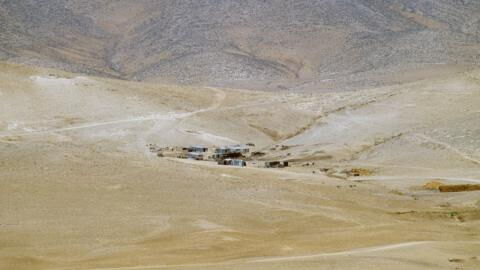Khashabiyeh, situated 300 km southeast of Amman in Jordan, is an ordinary stretch of sand at a first glance. A team of Franco-Jordanian researchers have recently discovered an unusual arrangement of stones that are called desert ‘kites’.
Discover our latest podcast
Gazelle traps in Jordan

These stones are much more visible from the air than from the ground. They consist of long, not particularly high, walls (30 to 40 cm) which converge towards an enclosure of sorts, which is punctuated by circular elements over several kilometres. Seen from the air, they look like kites, hence their nickname.
Unlike the child’s game, these stones were in fact traps used during mass hunts by prehistoric men living in this part of the Middle East. The hunter-gatherers would pull the animals down into the widest point of the trap and force them down a narrow corridor into an enclosure, where they were trapped and killed.
Humans hunted in groups 9000 years ago
This discovery reveals that human groups practised mass hunting well before the estimated period, i.e. until 7000 years BC. Frédéric Abbès, director of the Archéorient laboratory at Lyon II University, said:
The kites of the Khashabiyeh Desert are now considered to be the oldest large-scale structures built by man.
The researchers also found thousands of gazelle carcasses. The number of bones found also testifies to the fact that these hunters did not hunt only for themselves but also in groups and in large quantities. The product was also used to trade with other clans. Some mortars, which were used to grind wild plants, were also found on the site.
According to the Franco-Jordanian team, the proximity of the desert kites on the ritual site suggests that these traps played an essential role in the cultural, economic, and spiritual life of this hunter-gatherer society.
This article is translated from Gentside FR.
Read more:
⋙ Ship lost on Bermuda Triangle mysteriously reappears after 90 years
⋙ Explorers discover world’s largest underground city in Turkey















